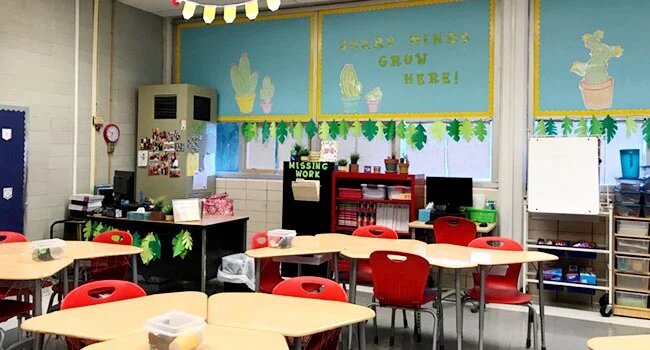Whether in person, online, or a hybrid model, school is sure to look different this year. For teachers and for students, it’s crucial that routines and expectations remain as normal as possible. Some of that normalcy includes the importance of back-to-school rituals; among them is building rapport between students and teachers. Icebreakers are fun games and activities that are intended to create a comfortable environment for everyone.
Regardless of the educational model, there are plenty of creative ways to engage and get to know your students.
In-Person:
The Number Game: In a small group, or as a whole class, sit in a large circle. The goal is the count to ten aloud, and that each number is spoken by a different student. Anyone is able to call out a number, but if more than one person speaks at the same time, the game starts over. Repeat as many times as is necessary to reach 10, and then try for a larger number.
“What Am I?” Game: Provide students with sticky notes with names of every day items, famous people, books, or movies. They’ll team up with a partner, and then the partner will give clues about their mystery item. If the guesser correctly identifies the object, they get a point. Take turns with different notes.
Letter to Yourself: Have students compose a letter to their future selves. Prompt them to talk about their interests, strengths, and hopes for the year. Keep the letters in a special location and give them back on the last day of school.
Virtual:
Show and Tell 2.0: Get creative with video conferencing! Students can be instructed to share their favorite object in their room, give a room tour, or even introduce a pet to their classmates.
Desert Island Share-Out: Project a picture of a desert island, and then ask students to identify (and share) two items that they would want to bring. The items can be for survival, or even just for fun. Either way, this is a entertaining and creative way to get to know students.
Head and Shoulders: For this game, all students should be visible on individual screens. Prepare trivia questions beforehand (ones that have a clear yes or no answer). For “yes”, have students put their hands on their heads, and for “no”, students will place hands on shoulders. Observe the movement and enjoy the laughter that will ensue!
In-Person or Virtual:
Names Word Search: Help kids learn each other’s names with this non-intimidating activity. Using Puzzlemaker, create a custom word search filled with names of classmates.
About Me Backpack: Using this awesome resource from Teachers Pay Teachers, have students fill a “backpack” with small items that best represent themselves. Have them take turns sharing their objects in small groups, partners, or with the whole class.
For educators or students looking to upgrade their technology this year, HP has released the Chromebook 11A G8 EE. Built specifically for educational purposes, the G8 is durable, convenient, and affordable. With its spill-resistant keyboard and battery life of over 13 hours, this machine is perfect for the demands of the school year, no matter the circumstances.




















